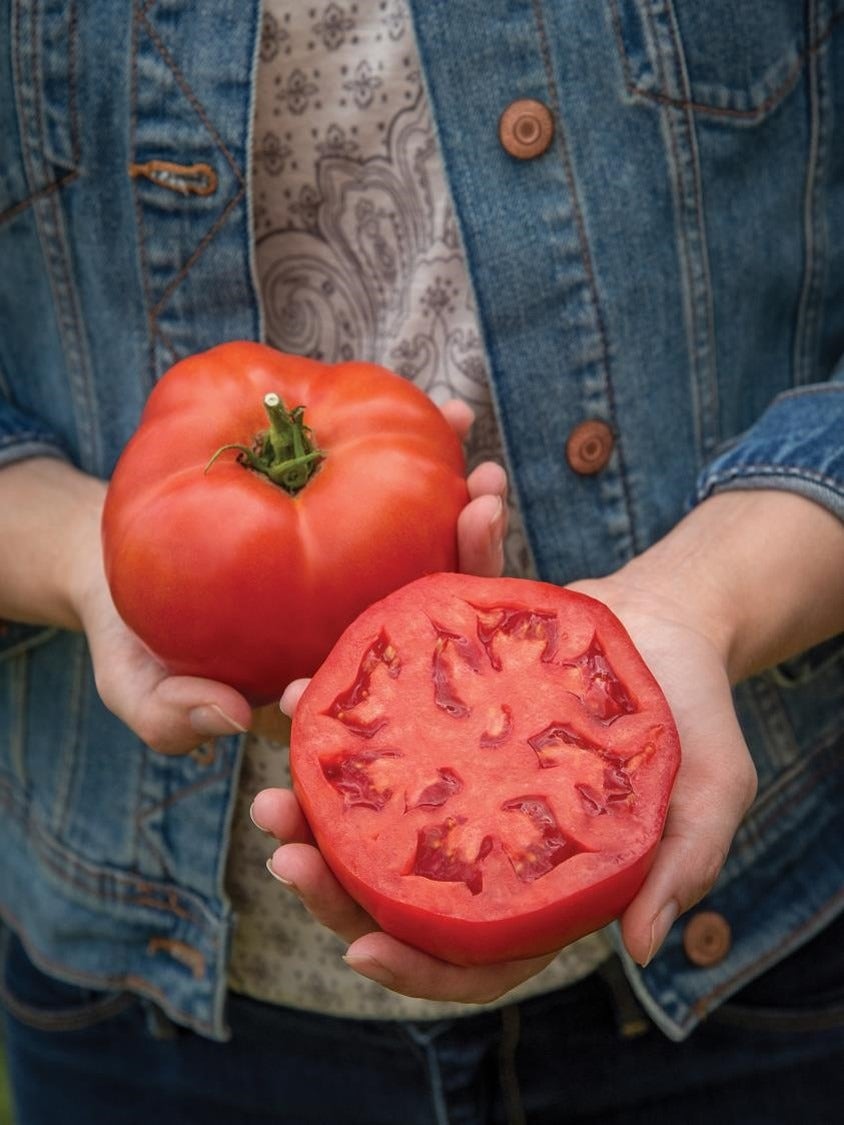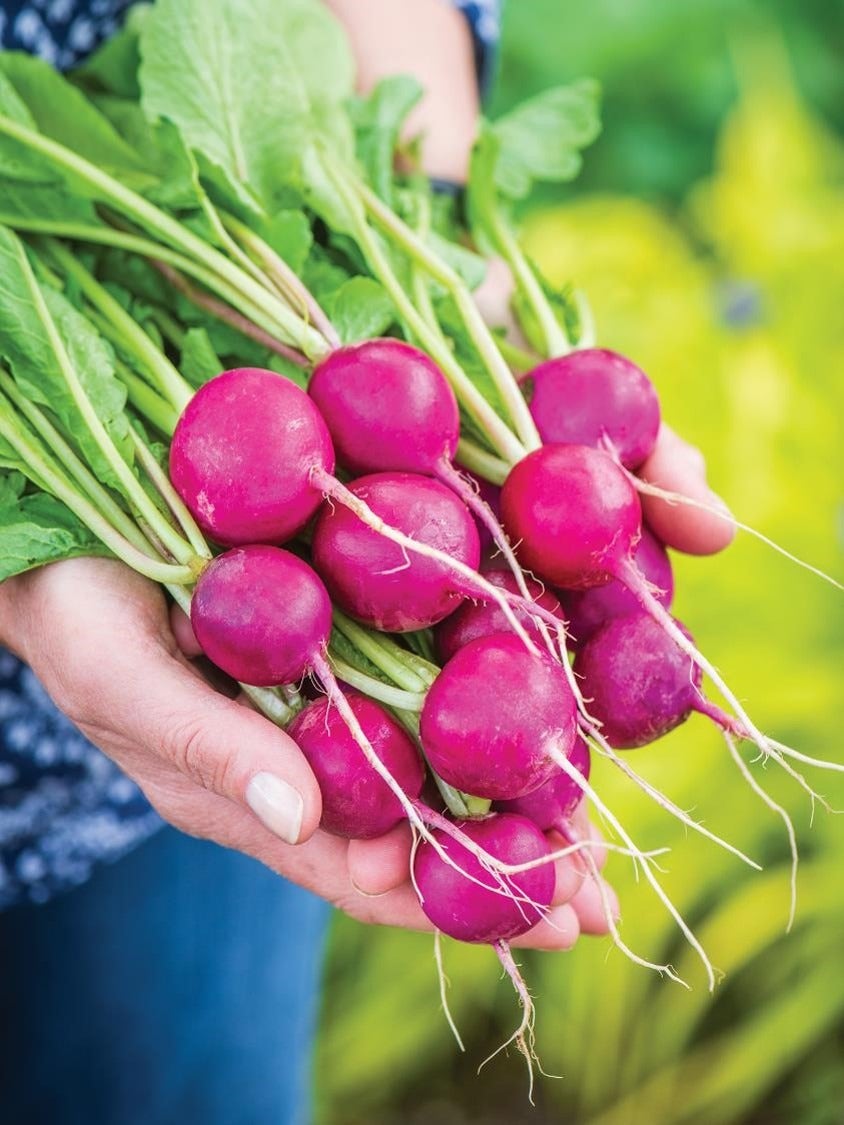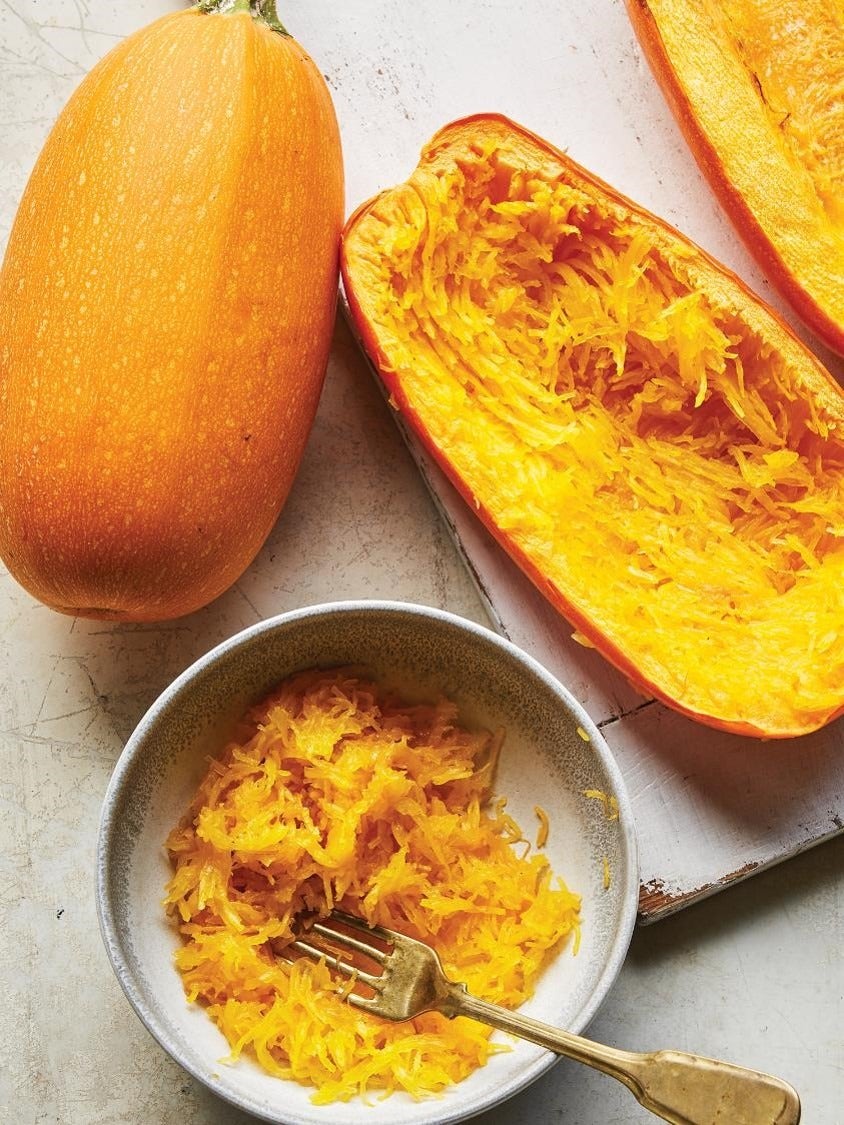In 2021, the importance of wellbeing and a healthy immune system will be more top of mind than ever. And the more colors on your plate, the better off you'll be.
Planting a garden full of vibrant vegetables fosters a diverse diet loaded with antioxidants and nutrients that support your immune system (1), while a dazzling medley of squash, radishes and tomatoes adds appetizing eye candy to your garden and your salad bowl.
The colors of your vegetables reflect the different phytonutrients and antioxidants inside (2). That's why multi-hued meals give you more health benefits and disease-fighting power than monochromatic ones. Try growing the following nutrient-rich vegetables - selected by Burpee GardenCast experts - to color your 2021 diet.
Grow the Rainbow
COLOR CATEGORY
RED Tomatoes
NUTRIENTS & BENEFITS
Tomatoes get their ruby red hue from lycopene, a powerful antioxidant that promotes heart health by helping to improve cholesterol levels (3). Lycopene may also reduce risk for prostate (4) and breast cancers (5).
BURPEE TIP
Stretch out your tomato season by planting one or more varieties at different times - early, middle or late summer.
ORANGE Squash
The sweet orange flesh of winter squash is rich in vitamin C, which aids immune function (6). By enhancing iron absorption, Vitamin C also helps energize the body and fight fatigue (7).
Squash plants have a shallow root system, so use mulches to help retain soil moisture and maintain even soil temperatures.
YELLOW Pepper
Crispy yellow peppers are packed with vitamins, including brain-boosters B6 and B9 (also known as folate). B vitamins support memory function (8) and may help ward off depression (9).
Pepper plants require steady watering, but they won't tolerate waterlogged roots. Add organic matter to soil when planting to regulate soil moisture.
GREEN Broccoli
Tree-like broccoli is full of fiber, which is critical for good digestive health and bowel function. Its fiber and antioxidants also aid in controlling blood sugar levels (10).
Pick broccoli when the heads have tight, firm buds. This happens about 50-60 days after transplant.
GREEN Swiss Chard
Leafy and tender green chard is a ripe source of essential minerals - especially magnesium, a critical supporter of muscle and nerve function (11).
Chard plants that are harvested regularly will continue to produce new growth from the center of the plant.
PURPLE Radishes
Anthocyanins give radishes their elegant colors, and they also have cancer-fighting properties. The natural pigments have been shown to prevent and curb cancer cell growth (12).
Sow radishes in midsummer for late fall and winter use. They can grow large with several inches of root showing above ground.


EXPERT TIP
"Planting an Immunity Garden right in your own backyard will do a world of good. It offers unlimited access to nutrient-dense vegetables that help support your overall health and wellbeing. Tomatoes are a great example - they are rich in vitamin C, which plays a vital role in a healthy immune system." - Marisa Moore, Registered Dietitian
1 Deanna M. Minich, "A Review of the Science of Colorful, Plant-Based Food and Practical Strategies for ‘Eating the Rainbow’." Journal of Nutrition and Metabolism, 2019.
2 Katherine D. McManus, “Phytonutrients: Paint your plate with the colors of the rainbow.” Harvard Health Blog, 2019.
3 Ried K, Fakler P, “Protective effect of lycopene on serum cholesterol and blood pressure: meta-analyses of intervention trials.” Maturitas 2011.
4 Graff, Rebecca E et al. “Dietary lycopene intake and risk of prostate cancer defined by ERG protein expression.” The American journal of clinical nutrition vol. 103, 2016.
5 Assar, Emelia A et al. “Lycopene acts through inhibition of IκB kinase to suppress NF-κB signaling in human prostate and breast cancer cells.” Tumour biology : the journal of the International Society for Oncodevelopmental Biology and Medicine vol. 37, 2016.
6 Carr, Anitra C, and Silvia Maggini, “Vitamin C and Immune Function.” Nutrients vol. 9, 2017.
7 Tardy, Anne-Laure et al. “Vitamins and Minerals for Energy, Fatigue and Cognition: A Narrative Review of the Biochemical and Clinical Evidence.” Nutrients vol. 12, 2020.
8 Eva Calvaresi, Janet Bryan, “B Vitamins, Cognition, and Aging: A Review.” The Journals of Gerontology: Series B, vol. 56, 2001.
9 Young, Lauren M et al. “A Systematic Review and Meta-Analysis of B Vitamin Supplementation on Depressive Symptoms, Anxiety, and Stress: Effects on Healthy and 'At-Risk' Individuals.” Nutrients vol. 11, 2019.
10 Riccardi, G, and A A Rivellese, “Effects of dietary fiber and carbohydrate on glucose and lipoprotein metabolism in diabetic patients.” Diabetes care vol. 14, 1991.
11 National Institutes of Health, Office of Dietary Supplements, “Magnesium: Fact Sheet for Health Professionals.”
12 Pu Jing, Joshua A. Bomser, Steven J. Schwartz, Jian He, Bernadene A. Magnuson, and M. Mónica Giusti, “Structure−Function Relationships of Anthocyanins from Various Anthocyanin-Rich Extracts on the Inhibition of Colon Cancer Cell Growth.” Journal of Agricultural and Food Chemistry, 2008.






